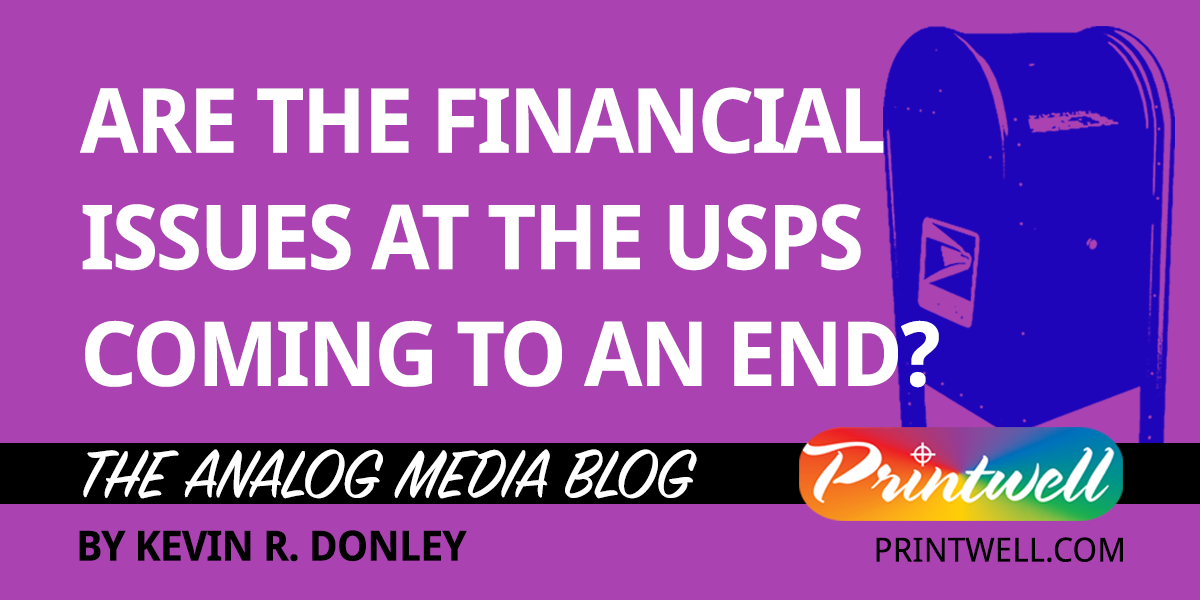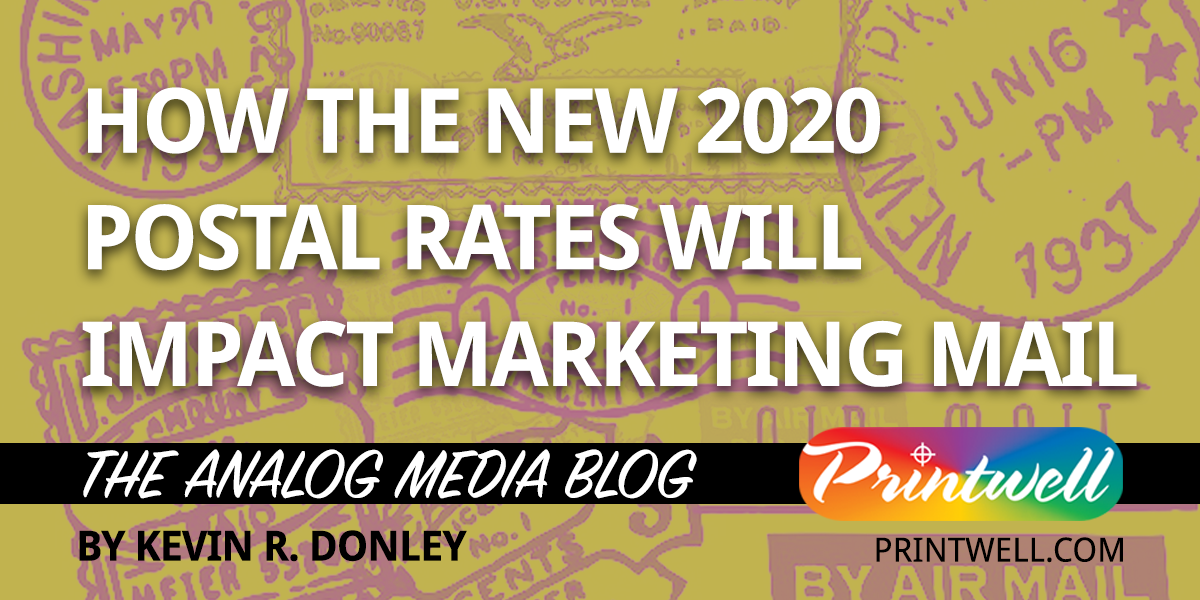Just a few years ago, the value of printed catalogs was being questioned. With the growth and influence of e-commerce and social media advertising, some marketing decision makers saw the elimination of catalogs as an easy way to save money, The thinking was that consumers, especially young people, were ignoring printed materials. They said the public was making all of their buying decisions online and with their mobile devices and that this is where the ad spend should be made. Well, in a short space of time, that thinking has changed … dramatically.
In the first week of July, Bloomberg reported that Amazon was planning to print a Christmas catalog. The report stated, “The printed guide will be mailed to millions of U.S. households and handed out at Whole Foods Market locations, the grocery chain Amazon bought last year … The move is part of Amazon’s push to incorporate traditional retailers’ tools into its business model.”
The news that Amazon was planning a print catalog was widely reported and seems to contradict the business model of the world’s largest online retailer. However, following closely behind the closure of the remaining Toy-R-Us stores in June, Amazon is anticipating that the print catalog will enable the it to capitalize in a big way on the holiday toy shopping season.
There are several key reasons why print catalogs are being embraced again:
- Print catalogs have always worked: From the Sears mail order catalog first published one hundred years ago to the specialized niche catalogs of today, it is known by the most experienced marketers that e-commerce, electronic shopping carts and mobile apps cannot displace the experience of reviewing a print catalog. Buyers browse catalogs before making a buying decision, especially when the item is a substantial purchase, Catalog browsing is how buyers review their choices, along with going to the retail location to take a closer look, and then they click the “Order” button.
- Print catalogs have credibility: When a consumer receives a catalog in the mail or picks one up at the checkout counter, they trust the information is coming from a genuine source. Producing a catalog is very expensive and time consuming and consumers are aware of this. On the other hand, due to the proliferation of email spam, “phishing” operations and, especially lately, the untrustworthy qualities of advertising and information found on social media, consumers are wary about what they see in the digital space.
- Print catalogs have advantages over digital media: Print catalogs allow marketers to publish images of their products in ways that are not possible in any other media. They are also portable and can be browsed anywhere without power requirements or special electronic equipment. For many consumers, browsing a print catalog is also much easier to do than searching online for the desired item.
There are many reports today about print catalogs being “back in style” or “making a comeback.” While these statements are generally true, it is also important to realize that the print catalog cannot return to its “heyday” of a century ago. Catalogs must and can thrive within the digital landscape if they are conceived as such and all of the content elements and design attributes are developed with this context in mind.
At Printwell, we offer a full range of catalog services from content design, prepress and print production and distribution. Please contact your account representative for a consultation or send us a message here and someone from our sales team will get in touch with you.


